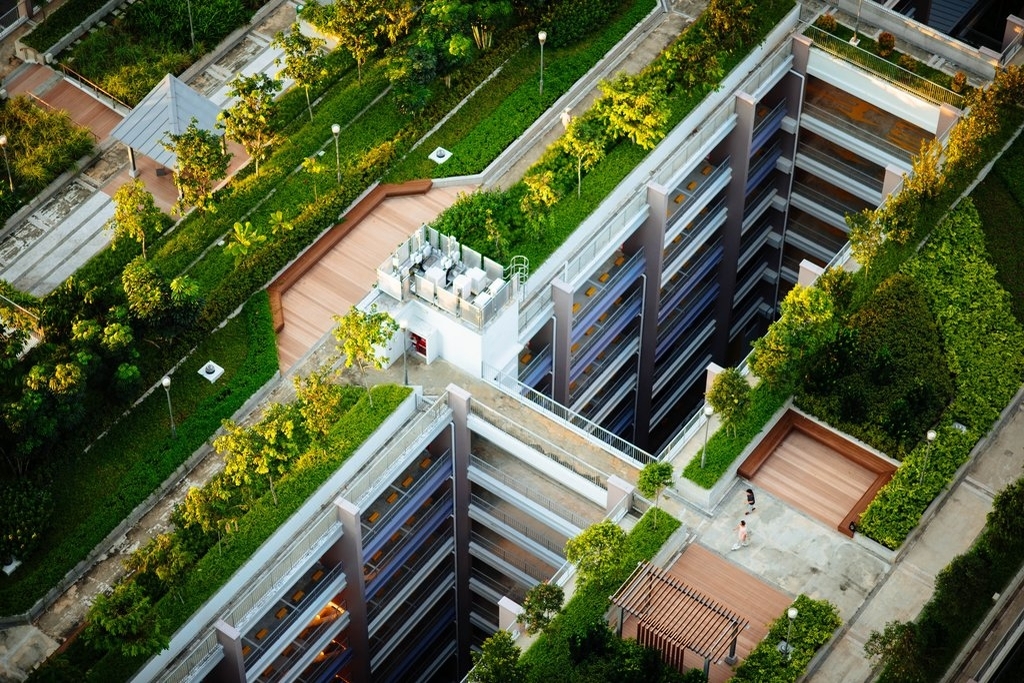The Of City Blooming
The Of City Blooming
Blog Article
Getting My City Blooming To Work
Table of ContentsSee This Report about City BloomingGetting My City Blooming To Work6 Easy Facts About City Blooming DescribedWhat Does City Blooming Do?City Blooming Fundamentals Explained
Intrigued in expanding food to buy in the City of Chicago? Thinking concerning beginning a community garden? Changes to the Chicago Zoning Ordinance allow agricultural uses like community yards and city ranches in many components of the city. Below is a checklist of frequently asked questions relating to the rules and regulations that farmers need to consider when planning a city farming task.
The zoning amendment does not customize any type of other codes taking care of composting, building licenses, purchasing or renting City owned property, organization licenses or ecological contamination. There are existing codes that control these problems and they stay completely impact and may apply to your task. Community yards are usually owned or handled by public entities, civic companies or community-based organizations and preserved by volunteers.
Urban farms expand food that is intended to be offered, either on a not-for-profit or for-profit basis. As a result of their industrial purpose, urban ranches need a business permit. Yes. An area garden is allowed to market surplus create that was expanded on website if the sales are accessory or subordinate to the garden's primary function defined above.
The City Blooming Ideas
Composting is enabled yet just for plant product that is produced and utilized on site. The quantity of garden compost material can not exceed 25 cubic yards at any given time according to the requirements in 7-28-715 of the City's Municipal Code. Yes. Since the dirt at the majority of new garden websites needs amending, garden compost, dirt, timber chips, or various other products can be gotten to create or improve the growing space - sustainability.

If a building authorization is called for then the hoophouse will certainly be taken into consideration an accessory building. You can discover out more regarding the building permit demands by speaking to the Department of Buildings. The 25,000-square-foot size limit is planned to prevent a single community garden from dominating a given block or interfering with the block's existing domestic or commercial character.
The limitation does not put on yards located in Public Open Area (POS) districts. Can there be greater than one area garden that is 25,000 square feet on a solitary block? Yes. The size restriction relates to specific yards, not to private blocks. No. Fencing is not needed, nonetheless, gardens that have large parking lot might be needed to set up secure fencing or other landscape design attributes.
Some Known Details About City Blooming
B1 & B2 districts need that all industrial usage activities be conducted inside your home. R areas limit business task. The regulations mirror the objective and intent of the Zoning Code. Is fencing needed for urban farms? Yes. Fences might be needed, in addition to landscaping and screening, for sure parking locations and exterior job or storage space areas depending upon area and the certain task taking place.
Yes. Urban ranches call for structure permits and zoning authorizations prior to building and construction. Various other kinds of city testimonial might be required depending upon details frameworks, tasks, dimension, landscaping, licensing, public heath and stormwater management issues. A number of these needs are recognized in the task layout or allowing process, nevertheless, the applicant might be liable to individually recognize specific licenses or permits that might be called for.
The Department of Company Affairs and Consumer Protection can aid figure out the specific type of business certificate that's required. Off road parking is needed for a lot of commercial jobs in Chicago. The needed number of parking spaces is based on the number of staff members functioning on site and not the square video footage of the growing room.
The Best Strategy To Use For City Blooming

Yes. A metropolitan farm can market garden compost material created on website, nevertheless, the operation must adhere to the laws in 7-28-715 of the Chicago Municipal Code. Yes. Aquaponic systems are permitted inside your home on metropolitan farms in many zoning districts. Nonetheless, a zoning evaluation and building permit is called for in order to mount structures or systems and an organization certificate is needed as defined above.
As much as 5 hives or colonies of honey bees may be maintained as an accessory use. However, beekeepers need to register with the Illinois Division of Farming. For more details about the recommended zoning amendment you may call the Division of Real Estate and Economic Development, Bureau of Planning and Zoning at 312.744.8563.
Farming in cities and metropolitan locations A metropolitan ranch in Chicago. Urban farming refers to numerous techniques of growing. https://www.intensedebate.com/people/cityblooming1, processing, and dispersing food in metropolitan locations. The term also uses to the location activities of animal husbandry, aquaculture, beekeeping, and horticulture in an urban context. Urban agriculture is differentiated from peri-urban agriculture, which takes place in rural locations beside suburbs.
See This Report about City Blooming
, who look for to form social networks established on a shared values of nature and community holism. These networks can establish by means of official institutional support, becoming incorporated into local town planning as a "shift town" activity for check my source sustainable city development.
The a lot more direct accessibility to fresh vegetable, fruit, and meat products that might be understood via city farming can boost food safety and food safety and security while reducing food miles, bring about reduced greenhouse gas emissions, thus contributing to climate adjustment mitigation. A few of the first evidence of metropolitan agriculture originates from Mesopotamia.
Report this page